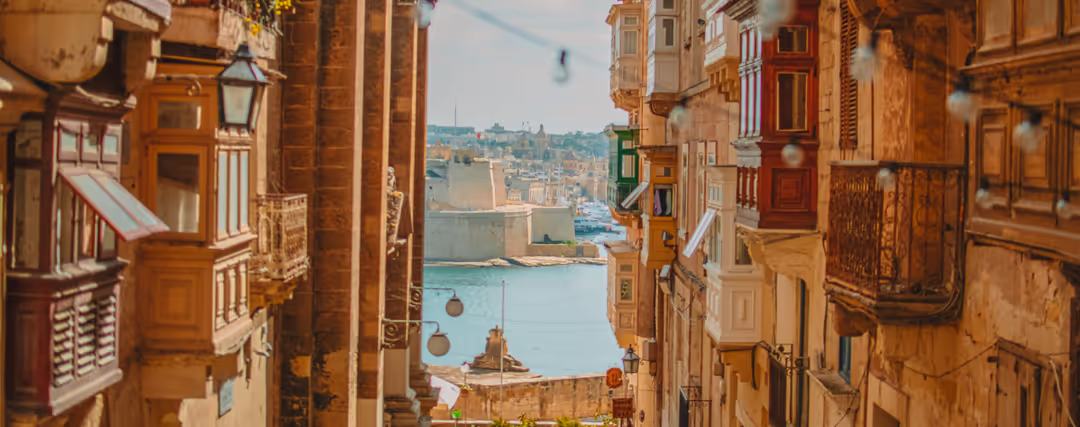

Are you going to do your Erasmus in Malta? Then this article will interest you! Here we tell you about the best cities as Erasmus destinations, the options and requirements for international students, what to do during your time in the archipelago, information about the different accommodation alternatives available for young people and about the best Universities. Doing an exchange in Malta will allow you to pursue your studies while getting to know a unique culture with a diverse history and a multicultural scene throughout the year. Let's get started!
In Malta, the most popular city as an Erasmus destination is Valletta. The country's capital, a UNESCO World Heritage Site, presents a fascinating combination of history and modernity, where cobblestone streets are home to imposing Baroque architecture and centuries-old fortresses mingle with contemporary boutiques and charming cafes. There are also the towns of St Julian's, known for its lively nightlife and picturesque beaches, and Silema, with a spectacular seafront and more relaxed atmosphere. In the Msida area, there are several buildings of some institutions, as well as good access to the areas mentioned above.
Malta is noted for its rich history, evident in its ancient cities, such as Valletta, which offers students the opportunity to enter a unique cultural environment. In addition to this, it hosts so many international students every year that the environment is multicultural and fun.
In case you didn't already know, in addition to Maltese, one of the official languages in Malta is English. This is going to allow you to practice and gain greater fluency in this language, which is an advantage for your personal and professional future.
Valletta airport typically has low-cost flights to numerous European destinations, so you’ll be able to explore the rest of Europe during your exchange. Enjoy this, as well as visiting as much of the archipelago as you can.
During your Erasmus in Malta, you’ll have the opportunity to explore a variety of fascinating places and activities. Valletta, the capital, boasts impressive baroque architecture, cobblestone streets and panoramic views from the city walls. Immerse yourself in Maltese history by visiting St. John's Cathedral, the National Museum of Archaeology and the nearby Ħal-Saflieni complex.
Enjoy the warm waters of the Mediterranean Sea exploring the beaches and bays of the island. The Blue Lagoon on the island of Comino is known for its crystal clear waters and is a must-see destination for sun and sea lovers. In addition, you can explore the famous caves of Blue Grotto and watch the sunset from Dingli Cliffs.
The nightlife in Malta, especially in St. Julian's, is lively and diverse. In the area of Paceville, you’ll find a wide variety of bars, clubs and restaurants - you’ll find a lively atmosphere all year round!
We encourage you to also take part in cultural events and festivals that celebrate Maltese identity, such as local religious festivities and the Maltese Carnival. In addition, the traditional Maltese boat race, known as the Regatta, is an annual event that draws crowds and offers a vibrant display of local culture.
You must also take the opportunity to sample Maltese cuisine, which presents itself as a fusion of different influences. Try authentic Maltese dishes such as pastizzi (pastries stuffed with peas or cheese) and fenkata (stewed rabbit). You can try them in restaurants or even at local markets.
Find the ideal accommodation in your desired location